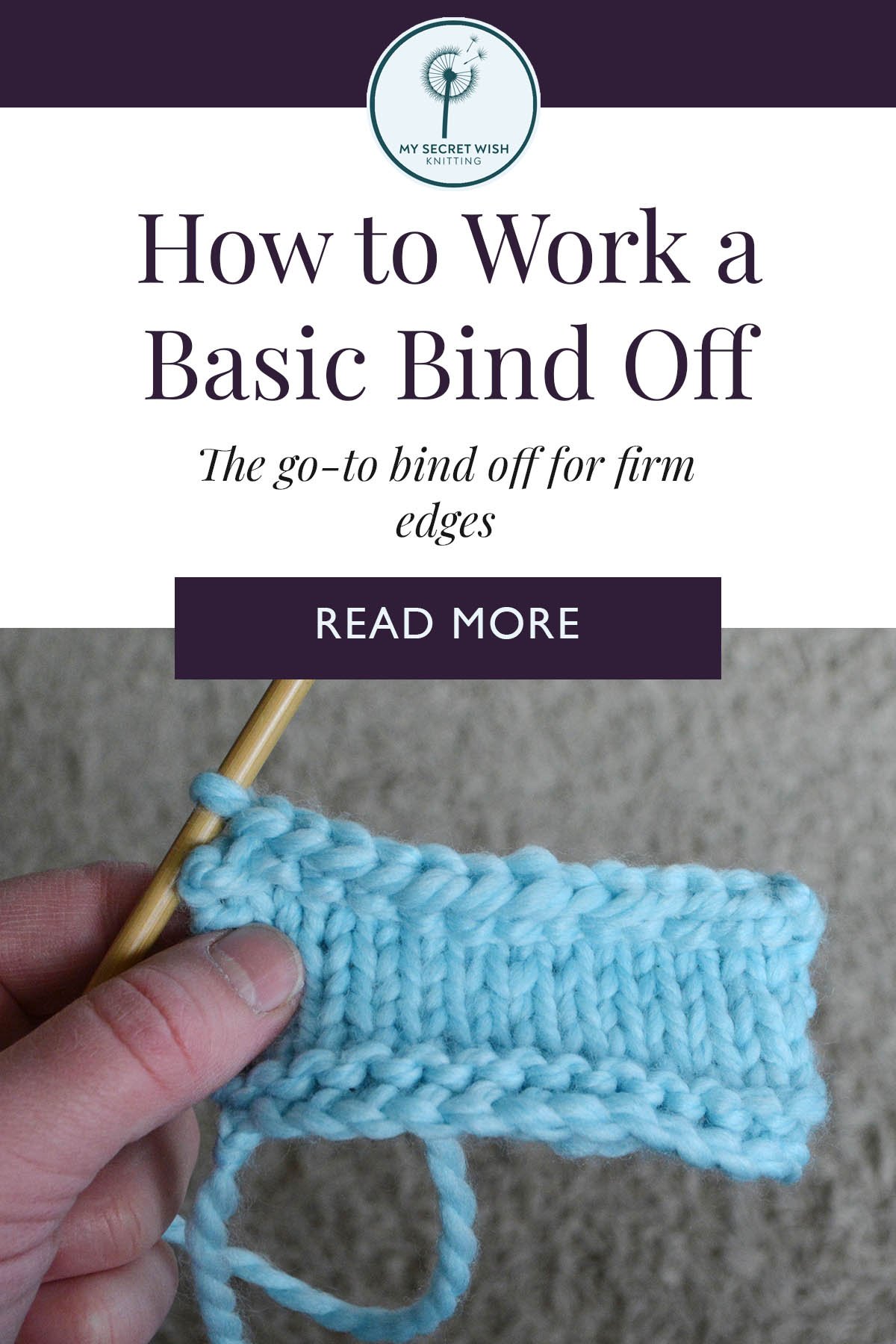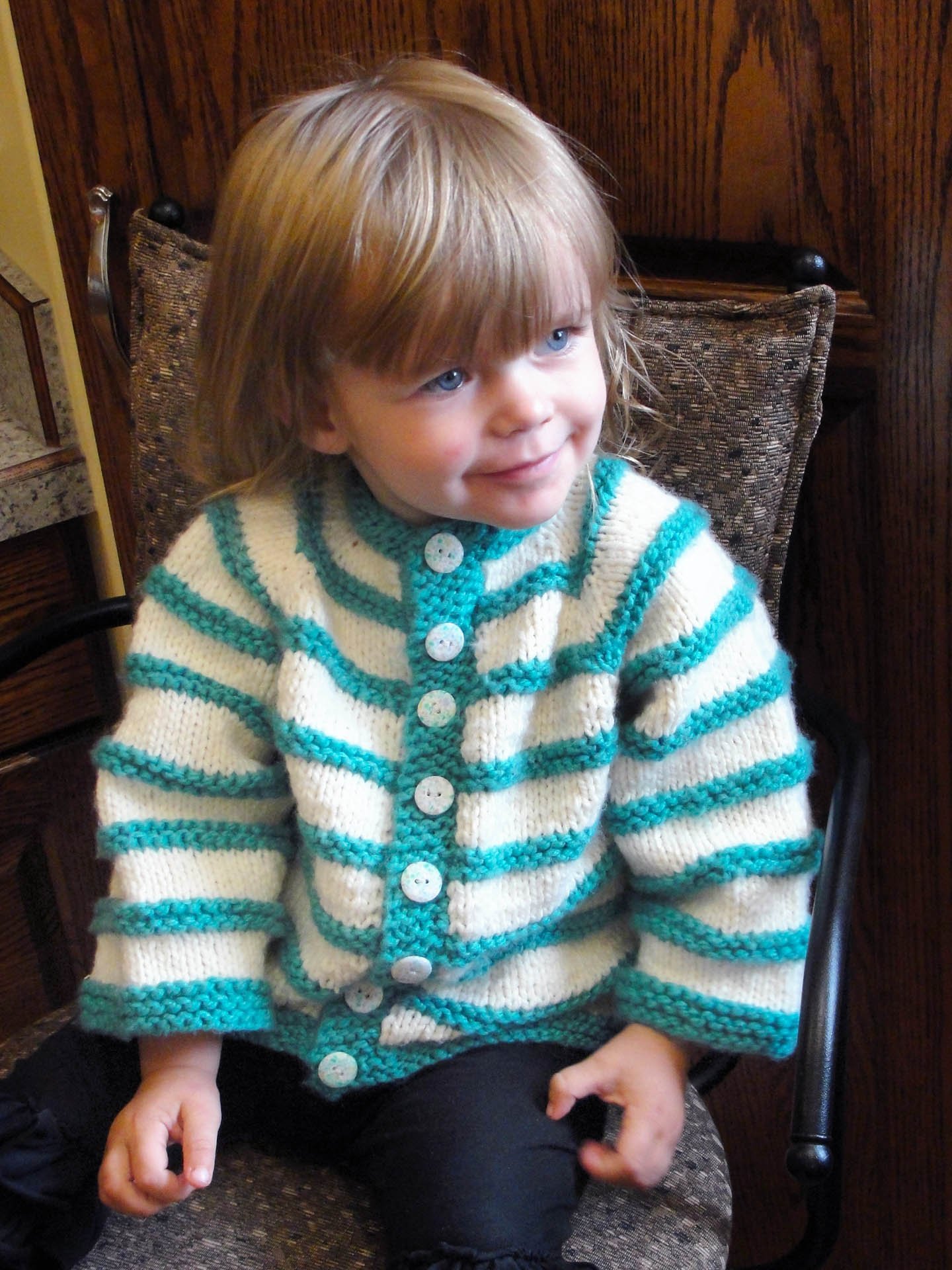Basic Bind Off
The go-to bind off for firm edges
The most common way to finish a piece, this bind off (or cast off) creates a firm, non-stretchy edge. Be sure to bind off loosely (don’t snug up your stitches too much as you work, and in fact leave a little more yarn in each stitch than you think necessary) so that the edge doesn’t pull in. If your edge is narrower than the work, you will need to pull the bind off out and start again.
If you’re not sure which bind off to use for a project, use this one.
Characteristics: Firm, non-stretchy
Good for: Shoulders, places where structure and stability are required such as the edges of shawls or dishcloths.
How to do it:
Basic Principle:
You will create a chain of stitches to bind off the live stitches at the top edge of a piece by working two stitches, then pulling the first stitch over the one beside it, then working another stitch and repeating until all stitches are bound off.
Step One:
Work two stitches in pattern. (I.e. if you weren’t binding off on this row, what would your first two stitches be? Knits or purls?)
Step Two:
Use the non-working needle (Righties: left needle; Lefties: right needle) to draw the first worked stitch on the working needle over the second stitch and then over the end of the needle.
Withdraw the non-working needle from the stitch you just bound off.
Step Three:
You will now have only one stitch on the working needle with the bound-off stitch wrapped around its base.
Step Four:
Work another stitch in the pattern so you once again have two stitches on the working needle. (You always need two stitches on the needle to bind off.)
Step Five:
Bind off another stitch using the same method described in Step Two.
Step Six:
Continue by working and binding off one stitch at a time until only one stitch remains on the non-working needle.
Cut the yarn at about twelve inches (thirty centimetres) and pull through the last stitch, tightening to form a knot.
















